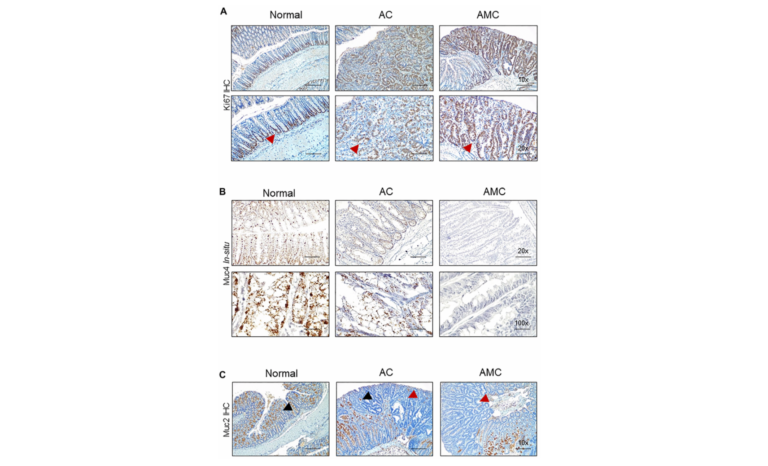The Trending With Impact series highlights Aging (Aging-US) publications that attract higher visibility among readers around the world online, in the news, and on social media—beyond normal readership levels. Look for future science news about the latest trending publications here, and at Aging-US.com.
—
As the worldwide elderly population continues to expand, the symptoms of dementia, including Alzheimer’s disease (AD), are simultaneously increasing around the globe. Researchers are driven to investigate new ways to detect and treat AD in earlier stages—before symptoms become more difficult or impossible to overturn. An important piece of data to consider is that dementia is more prevalent among women than among men; dementia affects 8.1 % of women and 5.4% of men. Many AD studies have not used gender/sex as a variable to cross-examine their research findings. This information may be a key factor that leads to developing more efficacious strategies for AD detection and treatment in all patients, and especially in women.
“In the long run, the underrepresentation of female biology in biomedical research will hamper the development of effective drugs with negative consequences on women’s health.”
In a recent editorial paper published on March 12, 2022, by Aging (Aging-US) in Volume 14, Issue 5, researchers from the National University of Singapore discussed the importance of understanding sex differences in Alzheimer’s disease. Their trending editorial paper, entitled, “Sex matters in Alzheimer’s disease?“, was based on results from their previous study published in 2021.
Sex-Specific Synaptic Dysfunction
In AD patients, researchers have observed a loss of function in the sites where nerve cells communicate with each other—in the synapses. Synaptic dysfunction is an early event in AD and can be observed years before other symptoms appear. In the research study being discussed in this editorial, the research team examined differences between the synaptic activity of male and female mice with two mutations associated with early-onset Alzheimer’s disease (APP/PS1).
“To characterize molecular changes in the AD brain that is attributed to sex differences, we performed RNA sequencing and immunohistochemistry of the hippo-campus and showed accelerated pathology, stronger immune response and higher microglial activation in AD female mice compared to males [5].”
Their findings revealed a number of differentially expressed genes and plasticity-related genes were sex-regulated. Plasticity-related genes are important for learning, memory and other cognitive abilities. The study also found that female AD mice had an accelerated Alzheimer’s pathology, stronger immune response and higher microglial activation—all of which contribute to dementia symptoms. These results suggested that sex differences in early-stage synaptic function may have important implications for understanding the higher prevalence of Alzheimer’s disease in women, and the related mechanisms may be potential targets for diagnosis and treatment.
Conclusion
In their editorial paper, the authors acknowledge that, although more research needs to be done on this topic, these findings could lead to new strategies for detecting and treating Alzheimer’s disease. The authors conclude by writing that synaptic dysfunction among males and females with Alzheimer’s disease revealed sex-regulated differentially expressed genes and plasticity-related genes as potential targets for early AD intervention. Overall, sex differences should be considered when developing custom-tailored strategies for early AD detection, prevention and treatment.
”Our work, along with others in this field, also emphasises the importance of including biological sex as variable in many research settings, particularly studies exploring aging [7] and how they impact different disease states [8].”
Click here to read the full editorial paper published by Aging (Aging-US).
Click here to read Aging’s Special Collection on Alzheimer’s Disease.
AGING (AGING-US) VIDEOS: YouTube | LabTube | Aging-US.com
—
Aging (Aging-US) is an open-access journal that publishes research papers bi-monthly in all fields of aging research. These papers are available at no cost to readers on Aging-us.com. Open-access journals have the power to benefit humanity from the inside out by rapidly disseminating information that may be freely shared with researchers, colleagues, family, and friends around the world.
For media inquiries, please contact media@impactjournals.com.

